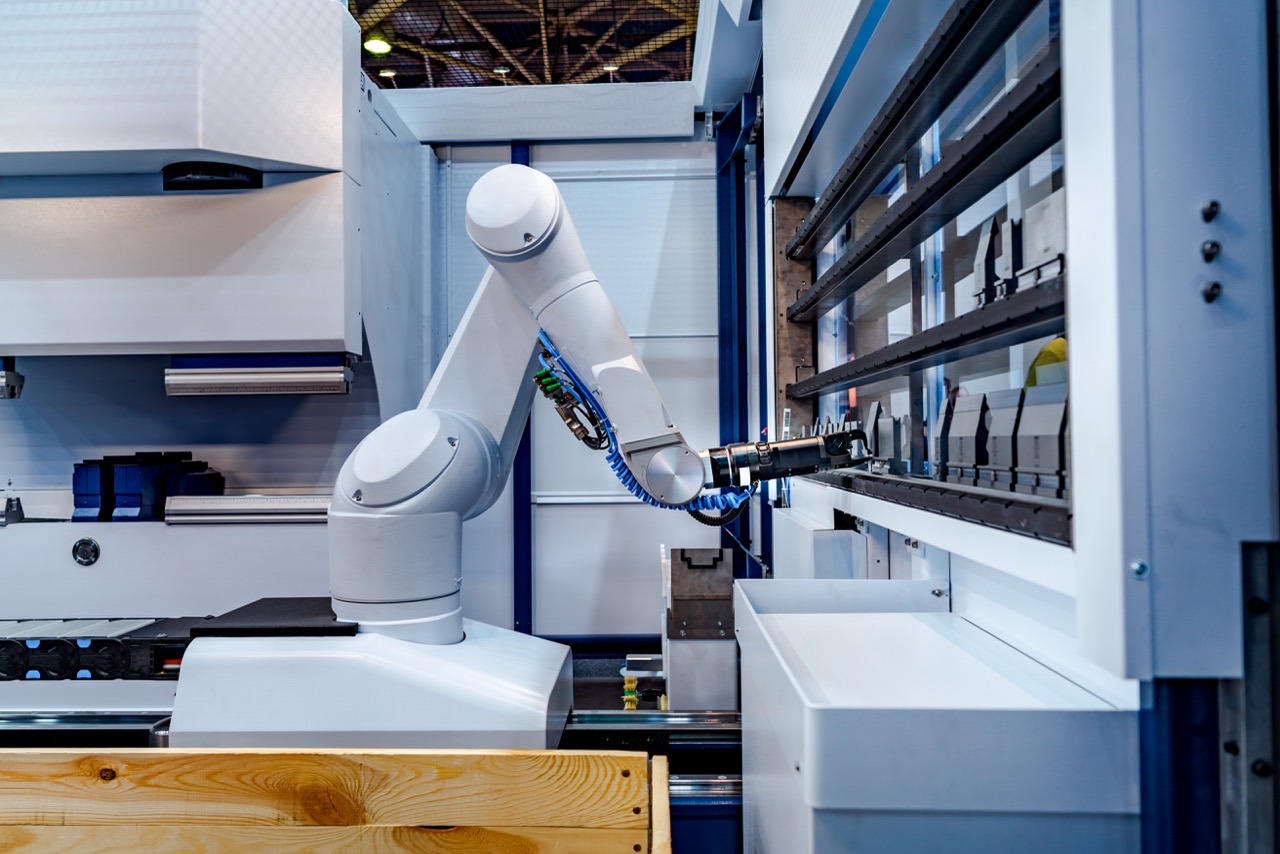Process Mapping: How to Cut 30% of Waste in Manufacturing.

The Necessity of Industrial Optimization
For asset-heavy manufacturers, the margin between profitability and loss is often determined by the smallest inefficiencies. In the complex environment of modern production, waste is not always obvious. It hides in long lead times, excessive inventory, unscheduled machine downtime, and underutilized labor. These are the hidden inefficiencies that bleed the bottom line. Traditional methods of auditing and correction are often too slow and too reliant on anecdotal evidence to truly capture this complexity.
Centro SOI² views Industrial Optimization as a precise engineering discipline, driven entirely by data. Our core objective is to leverage organizational intelligence to deliver a guaranteed financial return, often recovering the full cost of the engagement through efficiency gains alone.
The Process Mapping Methodology
Our most powerful tool for achieving this is advanced Process Mapping. This is far more than drawing a flowchart; it is a data-intensive audit that establishes the true, current state of every workflow in your facility. We don't rely on assumptions; we use integrated sensor data and time-motion studies to track the actual flow of materials and energy.
The process involves several critical steps:
- Data Integration: We first unify all relevant data streams—SCADA systems, ERP inputs, inventory levels, and sensor readings—into a single intelligence platform. This creates a single source of truth about how a process actually runs, versus how management thinks it runs.
- Value Stream Analysis: Every step in the process is analyzed to determine if it adds value for the customer. Steps that do not add value are identified as waste. This waste can take several forms, including unnecessary movement, waiting time, overproduction, or defects.
- Simulation and Redesign: Using the unified data model, our consultants simulate redesigned workflows before implementation. This predictive analytics step ensures the proposed changes will yield the target efficiency improvements—such as a guaranteed 30% reduction in a specific resource waste—without introducing new risks.
Transforming Waste into Working Capital
The financial benefits of this disciplined approach are immediate and profound. By eliminating waste from the manufacturing process, companies immediately generate working capital that can be reinvested in strategic growth or green technology adoption.
Key areas where our industrial optimization delivers guaranteed savings include:
- Inventory Reduction: Optimizing production flows to minimize costly storage and reduce the risk of obsolescence.
- Energy Efficiency: Mapping energy usage precisely to production cycles to eliminate consumption during idle or non-value-added times.
- Asset Uptime: Using predictive maintenance, shifting from a schedule-based to a condition-based maintenance model, thus maximizing the utilization and lifespan of costly equipment.
This rigorous, data-driven optimization strategy ensures that the improvements are not temporary fixes, but permanent, measurable upgrades to the client’s core operational DNA.

